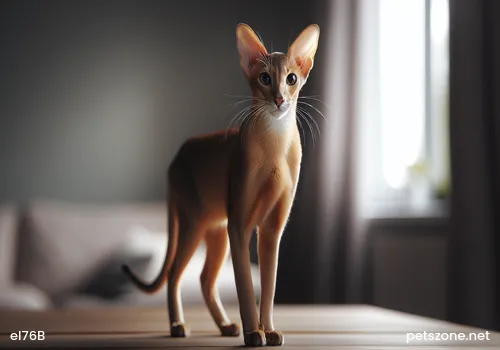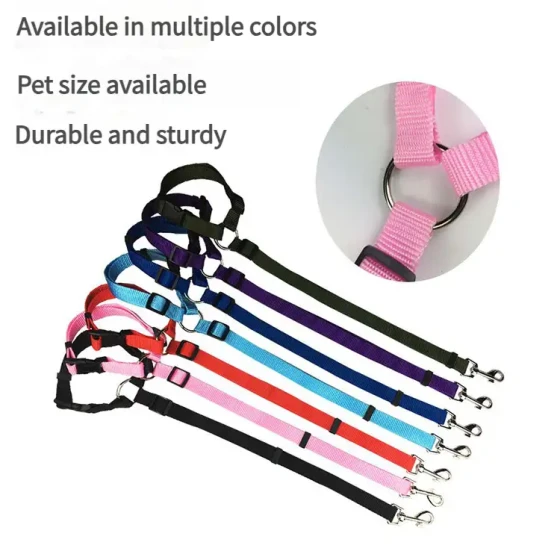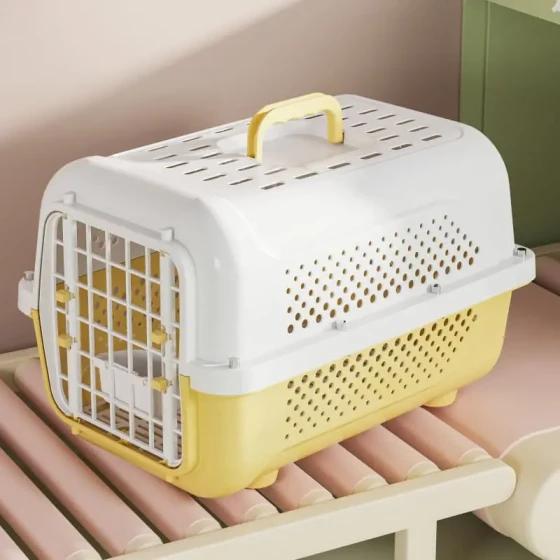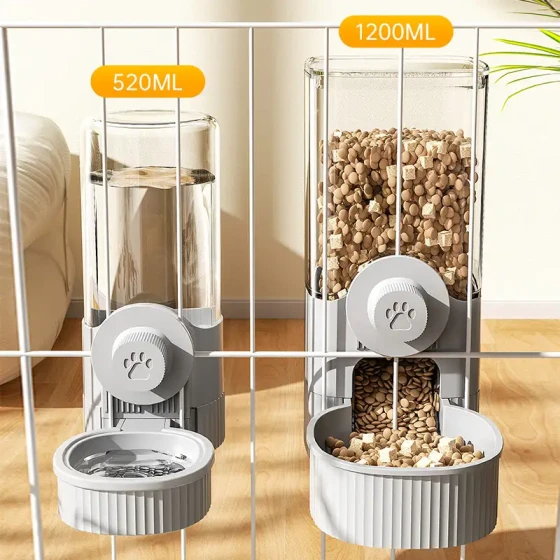Solutions for Postpartum Hemorrhage in Mother Cats

British Shorthair Cat
For postpartum bleeding in pet cats, owners need to promptly contact a veterinarian. When the mother cat has delivery problems, continuous bleeding occurs from the vaginal area, and the mother cat's body and spirit gradually weaken, with constant licking of the vagina. After giving birth, the mother cat's mouth and eye membranes will gradually turn pale, breathing becomes rapid, and symptoms such as shock, cold body temperature, and eyes turning from pale to blue may appear.
In summary, when a mother cat has postpartum bleeding, it is essential to contact a veterinarian promptly for treatment; otherwise, the cat’s life may be at risk. Generally, during the postpartum period, owners should carefully and meticulously care for the mother cat. Always observe the physical condition of the mother cat. Giving birth is a very significant event for the mother cat, consuming a great deal of energy and strength. This is especially a major challenge for first-time or senior mother cats, where even minor issues can cause serious consequences.
After the mother cat gives birth, owners should prepare foods rich in protein, fat, vitamins, and minerals, such as fish soup, chicken broth, milk, and soy milk. At the same time, provide the mother cat with ample clean drinking water, allowing her to drink at any time. Since nursing mother cats lose a large amount of calcium through their milk, additional calcium supplements should be given to meet their needs.
After the mother cat delivers, owners must check the cat’s body frequently to prevent postpartum mastitis, metritis, pyometra, vaginitis, or severe hemorrhage. Strengthen management of the mother cat’s diet and environmental hygiene. If any abnormalities are found, owners should not hesitate to take the cat to a veterinary hospital for treatment to prevent more serious consequences.



